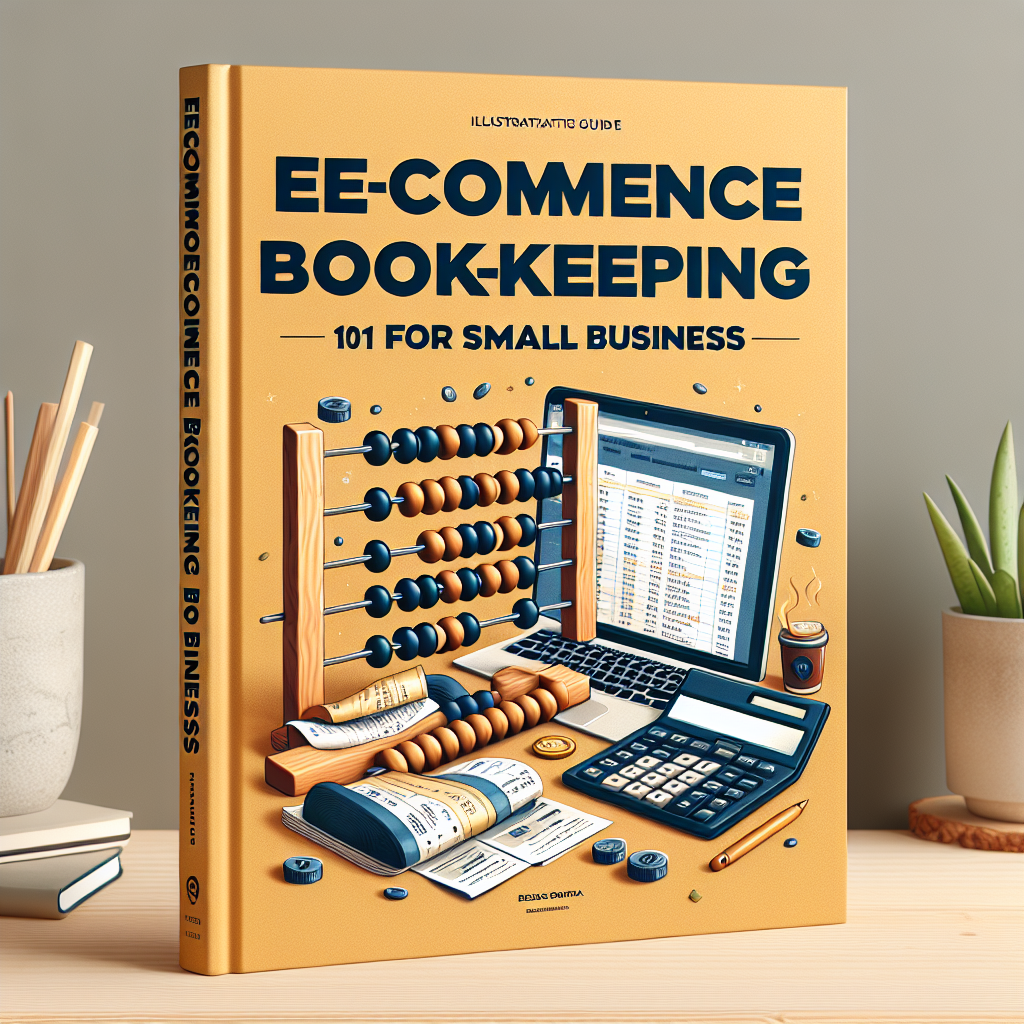Ecommerce Accounting: A Beginner's Guide for 2024
The path to starting a business is full of milestones. There’s the day your product is market-ready, the day you open your online store to the world, and the day you make your first sale—a major step that calls for celebration. As an ecommerce entrepreneur, few things are more exciting than watching the money start to roll into your bank account. But before you break out the champagne and call it a day, it’s important to have a plan for tracking and managing your income and expenses. In other words, you need an ecommerce accounting system.
What is ecommerce accounting?
Ecommerce accounting is the practice of recording, organizing, and managing all of the financial data and transactions relevant to the operation of an ecommerce company. Think of it as a subset of small business accounting that is specifically set up to handle the unique needs of an ecommerce provider.
At its most fundamental, accounting is the practice of tracking and recording transactions and categorizing each one as either income or expense. Pretty simple, right? Still, it can be easy to get lost in accounting terminology, particularly if you’re new to business finances. To simplify things, here are some of the key components of ecommerce accounting:
- Purchase order. A purchase order is a legally binding document from a client indicating the quantity and type of items they want to buy, with a commitment to pay a set price for those items. Although a purchase order is not payment, it should include payment details. Your company might use a purchase order to request raw materials for a vendor, or a client might submit one to you requesting a specific volume of goods or services.
- Sales order. A sales order is a document prepared by the seller (often in response to a purchase order) that outlines all of the details of a sale. A sales order should include client information, description and quantity of goods sold, sale amount, payment information, and delivery address and date.
- Accounts payable and accounts receivable. These terms refer to outstanding bills and invoices, or to the total amount of expenses not yet paid and revenue not yet received.
What does ecommerce accounting entail?
Like all business accounting, ecommerce accounting includes:
- Basic bookkeeping functions, like managing invoicing, payroll, and balance sheets
- More sophisticated planning and reporting functions, like preparing financial statements and creating a strategic tax plan
Tax management, bookkeeping, and growth planning are often three major areas of emphasis.
Tax management
Tax management can be complicated, and mistakes in filing or interpreting the tax code can have serious consequences for business owners. That’s why tax management (including both tax planning and preparation) is a core service of many accounting firms.
Ecommerce tax management includes tracking and remitting all applicable state and local taxes, calculating and filing quarterly estimated taxes, year-end filing, and distributing 1099s to contract workers.
Determining when an ecommerce seller must charge sales tax can be complicated—and is made more so by the fact that different states are governed by different rules. In general, if a seller has significant business in a state (also known as sales tax nexus), that seller is responsible for collecting and remitting state taxes for any purchase made from that state.
Accounting methods for ecommerce sellers
There are many different accounting providers available—from accounting software platforms to traditional accounting firms. Before getting started with a vendor, however, you’ll need to choose an accounting method.
The two accounting methods are cash accounting and accrual accounting. An ecommerce company can use either method, but not both at once. Switching methods requires filing paperwork with the IRS.
Cash basis accounting
Cash accounting is a method of accounting that measures the transfer of cash.
Here’s an example of how cash basis accounting works:
Seems simple, right? Under this method, you might receive a purchase order for an $800 handmade coffee table, make the table, and then ship the table to your client. Under a cash accounting method, you only record income from the table when the purchaser’s payment lands in your account.
The same goes for expenses. You might owe a videographer $10,000 for a series of product videos to be completed at the beginning of Q2, but because that $10,000 is still in your bank account at the end of Q1, you’ll end up paying taxes on it during the first quarter. For accounting purposes, this debt only matters once the money leaves your account.
Accrual accounting
Accrual accounting, unlike cash accounting, measures a transaction when funds are earned or expenses are incurred, not when payment changes hands.
The accrual method is more frequently used by large companies, and it requires more specialized accounting knowledge and a more hands-on approach to account management than the cash-basis method does.
Best ecommerce accounting software
Let’s look at the top small business accounting software you can use in your ecommerce business.
- QuickBooks Online
- Xero
- Zoho Books
How to choose the right ecommerce accounting software
Choosing the best ecommerce accounting solution for your store is a big decision. As you compare your different options, keep the following considerations in mind:
- Integrations
- Scalability
- Features
- Easy to use
- Customer support
- Security
- Good reviews
Overall, the best software for you depends on your specific circumstances. Before committing to one, take a free trial to see if it has everything you need.


.png)
-explained:-the-ultimate-....png)